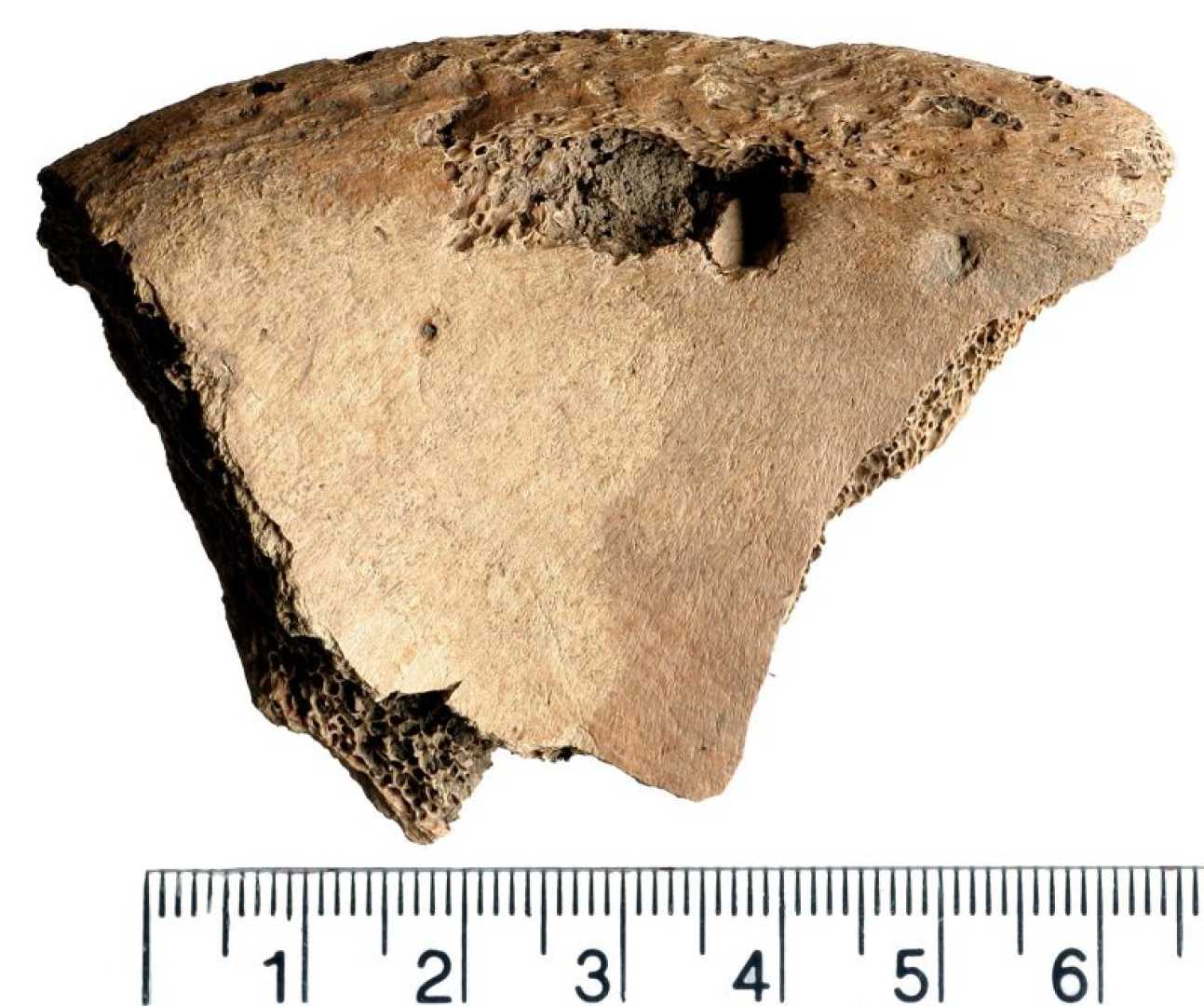News
Gladiator Graveyard Discovered in York Reveals Beastly Battle Evidence

YORK, England — Archaeologists have uncovered significant evidence of gladiators in a burial site known as a “gladiator graveyard” in York. The skeletal remains of a man, believed to be between 26 and 35 years old, show a fatal bite mark from a large animal, possibly a lion. This discovery sheds new light on the violent history of gladiatorial battles and confirms Roman culture’s reach beyond the Colosseum.
The human remains were found in 2010, but it wasn’t until a recent study that researchers were able to identify the bite marks. The York Archaeological Trust led the expedition, which aimed to examine the divots found on the man’s pelvis. Researchers initially suspected that these marks were from a carnivore.
After further investigation, study coauthor Malin Holst of the University of York stated, “The markings were likely made by a lion, which confirms that the skeletons buried at the cemetery were gladiators, rather than soldiers or slaves, as initially thought.” This finding highlights the global influence of the Roman Empire, extending its culture and lifestyle thousands of miles from Rome.
Roman art from the first century often depicts heroes battling wild beasts, but until now, concrete evidence of such encounters had been scarce. The discovery of this gladiator graveyard provides a compelling connection to the legends of these fights and supports the historical accounts of the Roman Empire’s brutality.
The research, published in PLOS One, emphasizes the importance of archaeological findings in understanding the lives and deaths of those who lived in ancient times. As new methods and techniques develop, further discoveries may continue to illuminate the complexities of history.












